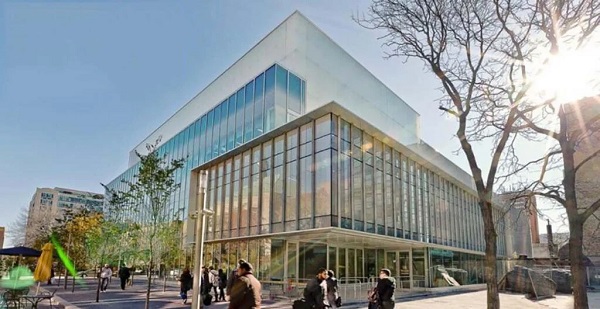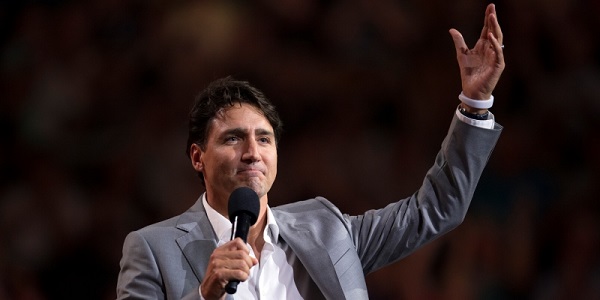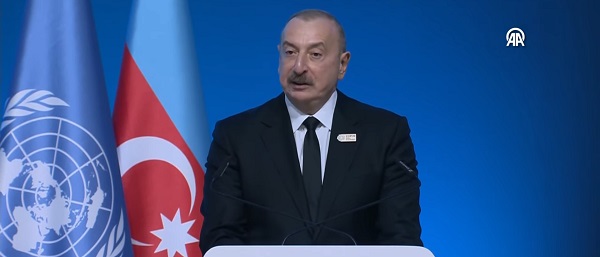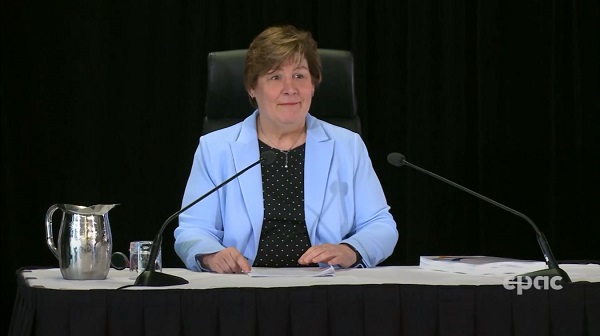By Susan Martinuk
Race- (and other-) based admissions will inevitably pave the way to race- (and other-) based medical practices, which will only further the divisions that exist in society. You can’t fight discrimination with more discrimination.
Perhaps it should be expected that a so-obviously ‘woke’ institution as the Toronto Metropolitan University (TMU) would toss aside such antiquated concepts as academic merit as it prepares to open its new medical school in the fall of 2025.
After all, until recently, TMU was more widely known as Ryerson University. But it underwent a rapid period of self-flagellation, statue-tipping and, ultimately, a name change when its namesake, Edgerton Ryerson, was linked (however indirectly) to Canada’s residential school system.
Now that it has sufficiently cleansed itself of any association with past intolerance, it is going forward with a more modern form of intolerance and institutional bias by mandating a huge 80% diversity quota for its inaugural cohort of medical students.
TMU plans to fill 75 of its 94 available seats via three pathways for “equity-deserving groups” in an effort to counter systemic bias and eliminate barriers to success for certain groups. Consequently, there are distinct admission pathways for “Indigenous, Black and Equity-Deserving” groups.
What exactly is an equity-deserving group? It’s almost any identity group you can imagine – that is, except those who identify as white, straight, cisgender, straight-A, middle- and/or upper-class males.
To further facilitate this grand plan, TMU has eliminated the need to write the traditional MCAT exam (often used to assess aptitude, but apparently TMU views it as a barrier to accessing medical education). Further, it has set the minimum grade point average at a rather average 3.3 and, “in order to attract a diverse range of applicants,” it is accepting students with a four-year undergrad degree from any field.
It’s difficult to imagine how such a heterogenous group can begin learning medicine at the same level. Someone with an advanced degree in physiology or anatomy will be light years ahead of a classmate who gained a degree by dissecting Dostoyevsky.
Finally, it should be noted that in “exceptional circumstances” any of these requirements can be reconsidered for, you guessed it, black, indigenous or other equity-deserving groups.
As for the curriculum itself, it promises to be “rooted in community-driven care and cultural respect and safety, with ECA, decolonization and reconciliation woven throughout” which will “help students become a new kind of physician.”
Whether or not this “new kind of physician” will be perceived as fully credible, however, is yet to be seen. Because of its ‘woke’ application process, all TMU medical graduates will be judged differently no matter how skilled they may be and even when physicians are in short supply. Life and death decisions are literally in their hands, and in such cases, one would think that medical expertise is far more important than sharing the same pronouns.
Frankly, if students need a falsely inclusive environment where all minds think alike to feel safe and a part of society, then maybe they aren’t cut out to become doctors who will treat all people equally. After all, race- (and other-) based admissions will inevitably pave the way to race- (and other-) based medical practices, which will only further the divisions that exist in society. You can’t fight discrimination with more discrimination.
It’s ridiculous to use medical school enrollments as a means of resolving issues of social injustice. However, from a broader perspective, this social experiment echoes what is already happening in universities across Canada. The academic merit of individuals is increasingly being pushed aside to fulfill quotas based on gender or even race.
One year ago, the University of Victoria made headlines when it posted a position for an assistant professor in the music department. The catch is that the selection process was limited to black people. Education professor Dr. Patrick Keeney points out that diversity, equity and inclusion policies are reshaping core operations at universities. Grants and prestigious research chair positions are increasingly available only to visible minorities or other identity groups.
Non-academic considerations are given priority, and funding is contingent on meeting minority quotas.
Consequently, Keeney states that the quality of education is falling and universities that were once committed to academic excellence are now perceived as institutions to pursue social justice.
Diversity is a legitimate goal, but it cannot – and should not — be achieved by subjugating academic merit to social experimentation.
Susan Martinuk is a Senior Fellow with the Frontier Centre for Public Policy and author of Patients at Risk: Exposing Canada’s Health-care Crisis.
Related

















